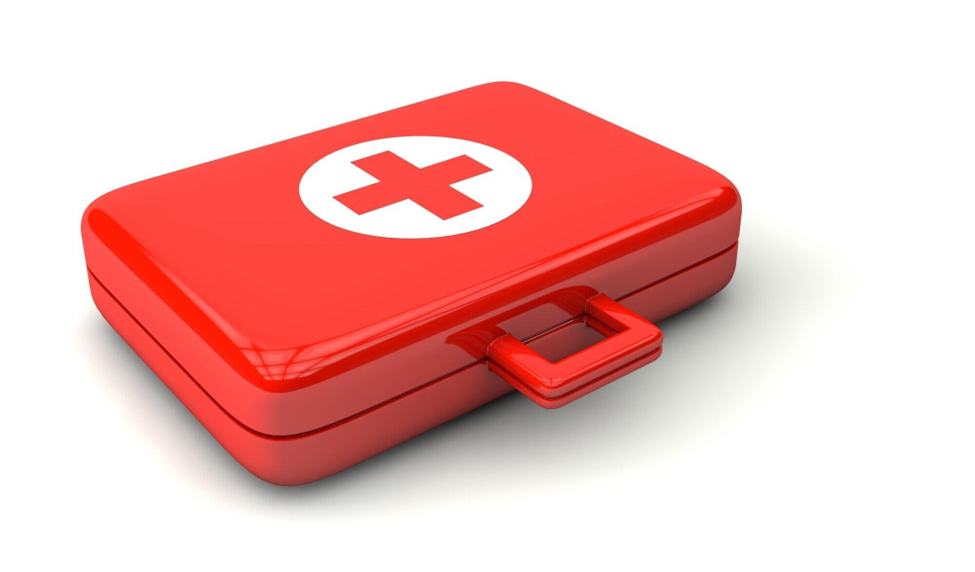When it comes to emergencies, knowing how to control bleeding can make a significant difference in saving a life. Emergency Bleeding First Aid is essential knowledge that everyone should have.
Whether you’re at home, work, or participating in outdoor activities, being prepared can help you act quickly and potentially save someone in need. Keep on reading to learn more.
Understanding the Importance of Quick Action
In any bleeding emergency, the first step is to stay calm and assess the situation. Time is of the essence; severe blood loss can lead to shock and can be life-threatening within minutes. The most common causes of emergency bleeding include cuts from sharp objects, lacerations, or even severe injuries from accidents. Knowing how to respond can drastically reduce the risk of complications.
Steps to Control Bleeding Effectively
There are several steps you can take to manage bleeding. Here are some crucial steps you need to know:
Ensure Safety
Look around before helping someone who is hurt. Make sure there are no dangers nearby. You should not get hurt while trying to help.
Call for Help
Call emergency services right away. This is very important if the bleeding is bad. Help is needed fast in these cases.
Apply Pressure
Put a clean cloth or bandage on the wound. Press down firmly with your hand. Keep holding it there without stopping to check.
Elevate the Injury
If you can, lift the hurt area above the heart. This can slow the bleeding. Only do this if it does not cause more pain.
Use Dressings
If the cloth gets soaked with blood, leave it in place. Do not take it off. Just add another cloth on top and keep pressing.
Learning to Recognize Different Types of Bleeding
Not all bleeding is the same. Knowing the type of bleeding helps you take the right steps. There are three main types: arterial, venous, and capillary.
Arterial bleeding is the most dangerous. The blood is bright red and comes out in quick bursts. It needs fast action to stop it.
Venous bleeding comes from deeper veins. The blood is dark red and flows steadily. It is serious but easier to control than arterial bleeding.
Capillary bleeding is the least serious. It happens with small cuts or scrapes. The blood comes out slowly and can be cleaned easily.
First Aid Kit Essentials
Having a properly stocked first aid kit can make a significant difference in handling bleeding emergencies. Here’s what to include:
- Adhesive dressings in various sizes
- Sterile gauze pads
- Adhesive tape
- Antiseptic wipes or solution
- Disposable gloves to prevent infection
Proper training can help you provide first aid more efficiently. Check out sources like https://cprcertificationnow.com/products/first-aid-certification to get the proper knowledge needed.
Emergency Bleeding: Staying Prepared
In summary, preparation is key for responding to bleeding emergencies. Understanding the importance of quick action, recognizing the types of bleeding, and being equipped with the right tools can significantly improve outcomes in critical situations.
If you haven’t already, consider taking a first aid course to build your knowledge and confidence in handling emergencies. Many local community centers and hospitals offer classes tailored to all skill levels.
For more related topics, check out the rest of our blog!

















